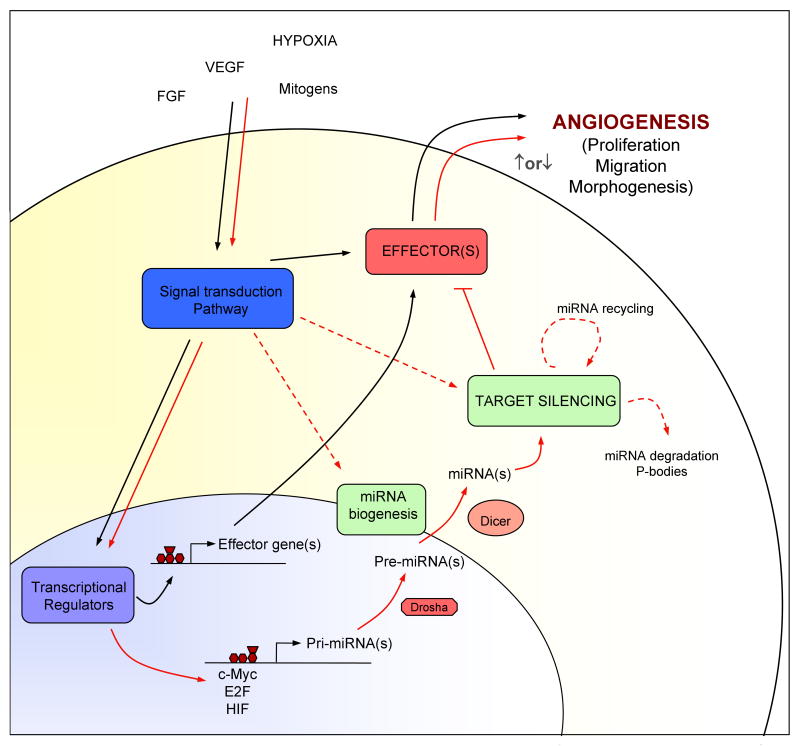Figure 2. Function and regulation of miRNAs in angiogenesis.
The schematic illustrate how stimuli such as FGF, VEGF, hypoxia or mitogens promote angiogenic phenotypes (black lines) and the potential role of how miRNAs may participate in this process (red lines). Extracellular signals activate signal transduction pathways that lead to an angiogenic response by direct activation of the specific effectors (MAPK, Akt, etc) or by induction of gene expression. In turn, the activation of the signal transduction pathways can modify the activity of a miRNA by affecting its expression, biogenesis and degradation (red dashed lines). miRNA-mediated regulation of angiogenic effectors promotes fine-tuning modulation of angiogenic responses via modulation of key effectors that promote angiogenic phenotypes such as proliferation, migration and/or morphogenesis.

